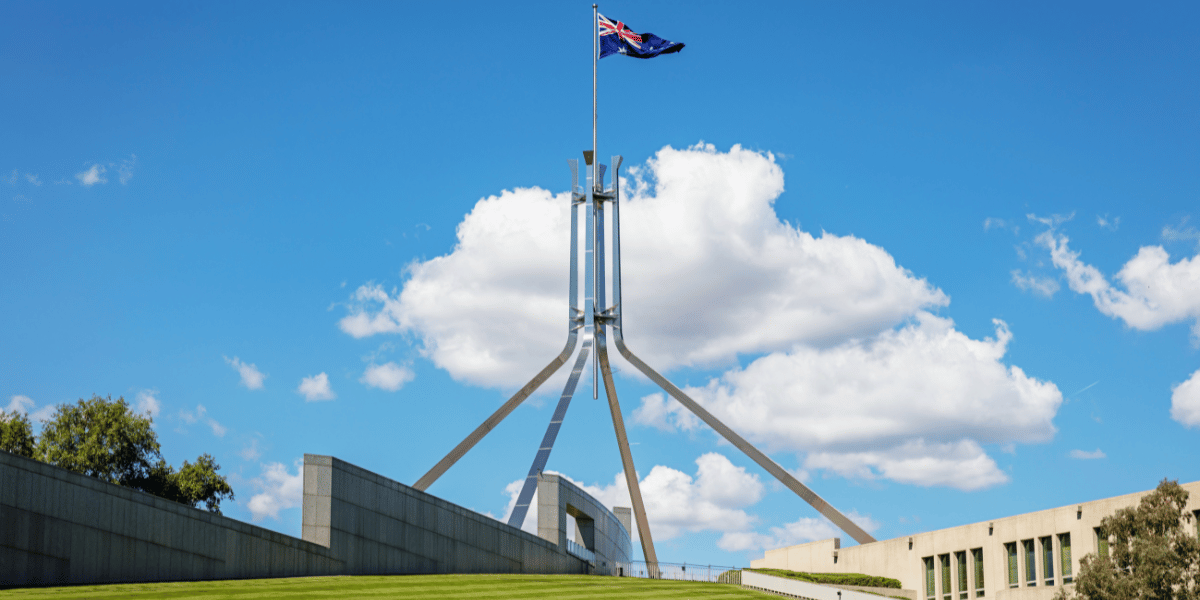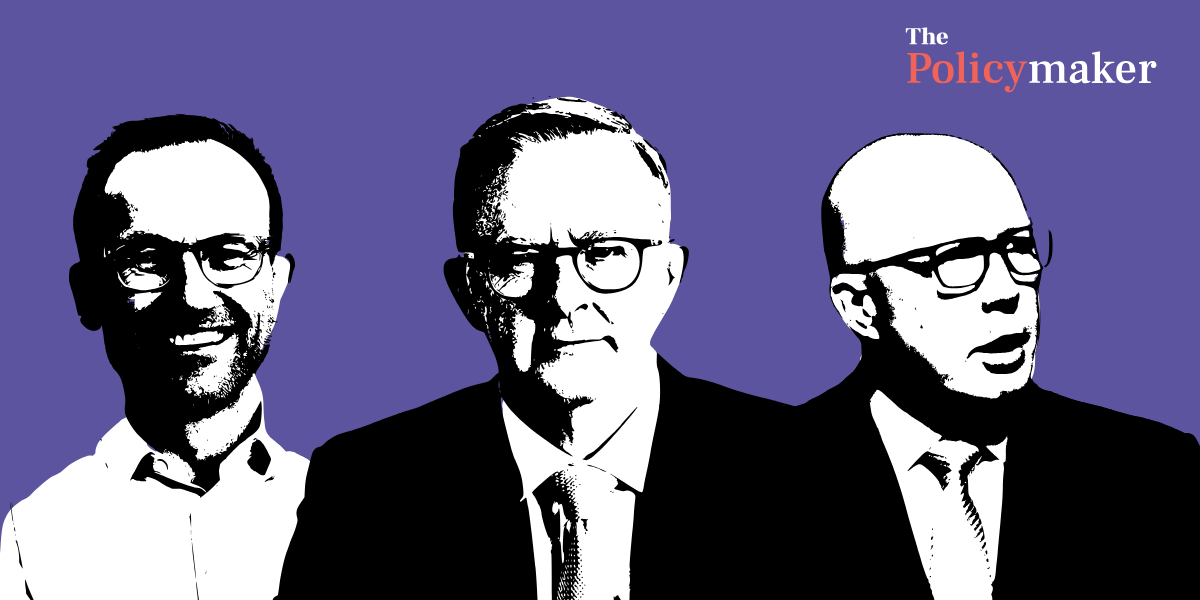Australia has world-leading research on recycling and green manufacturing. Here’s how the right policy settings can harness it.
Manufacturing that aligns with innovative waste management, recycling and materials circularity is central to helping address the globe’s biggest challenges, including climate change. A combination of new science, technical innovation, strong industry collaboration and supportive government priorities will deliver the solutions needed for a more sustainable future in Australia, and the world.
In the sustainability space, the big challenges are clear: reduce harmful atmospheric emissions, deliver greater renewable energy, address the growing waste crisis, enhance our manufacturing and sovereign capability, and reduce the reliance upon polluting global supply chains.
There is growing appetite in industry and society to tackle these issues more swiftly. Though Australia has world-leading scientific research and development institutions, progress on practical outcomes to our big sustainability challenges is lacking.
We have record amounts of waste going into landfill and stockpiles. We are burying, burning, and polluting our oceans with many valuable “waste” materials.
Collaboration through co-investing and nurturing pathways to innovation and economic growth must be our focus if we want to realise that “waste is a resource” that can be used in many new, innovative ways.
I see a very bright future here. Australia is making progress towards a circular economy.
Central to this observation is the notion of “materials circularity”, where waste is seen as a resource for raw materials. Sustainability needs to be at the heart of design, production and materials usage, so it is vital to ensure waste is used as a source of raw materials for manufacturing.
As we develop new and transformative approaches to “green manufacturing”, we need to build new and localised supply chains that are laterally integrated to ensure we connect different sectors across our regions.
A breakthrough for green manufacturing
While we need greater momentum on green manufacturing, we also need to celebrate Australia’s successes so far.
Collaborations between industry and world class researchers have led to many breakthroughs—but “industrialising” these developments is the crucial step.
The UNSW Sustainable Materials and Research (SMaRT) Centre has had a recent breakthrough on using carbon and hydrogen from various wastes for steel-making, actually leading to efficiency gains.
This represents the next generation of our home-grown, patented Green Steel Polymer Injection TechnologyTM with our steel industrial partner, Molycop, which started out as the Commonwealth Steel Company over 100 years ago.
Our first generation of Green SteelTM is well known for using millions of waste rubber tyres destined for landfill as an alternative source for partial replacement coke and coal in electric arc furnace steel making.
This technology locks the carbon from waste resources into the steel, hence causing no emissions by creating a form of carbon capture.
Now as we move into the next generation of our Green SteelTM, our research shows that waste coffee grounds which also contain hydrogen can be used as a sustainable alternative to coking coal.
A 2016 report by Planet Ark showed that 921 cafes in Sydney’s CBD produced more than 3,000 tonnes of coffee grounds a year with 93 per cent ending up in landfill and just 7 per cent used for composting.
There are also other technologies emerging that can reform many wastes—especially problematic wastes not subject to traditional forms of recycling—into new value-added products and manufacturing feedstock. Our various SMaRT Centre-designed MICROfactorieTM modules attest to this.
Policy directions
With the right will, society can find a purpose for most of our waste by understanding its elemental value.
This can only be done through rigorous scientific analysis and active collaboration with industry, the community and governments to ensure innovations are taken up and used.
Many of the commodities and critical materials needed for global electrification can come from waste, and metals can be recovered and used many times over. Even many plastics can be used multiple times, or used in completely new ways, such as being reformed into plastic filaments for 3D printing to save on creating original plastic.
Batteries and electronic waste items are typically recycled in smelters, however that requires long-distance transport which is expensive, causes high emissions and can create fire risks.
With the right regulatory settings across all levels of government—such as recycling targets coupled with incentives including co-funding and other supports—industry can change the way it currently deals with waste.
But regulations alone will not shift the dial. Governments need to partner with industry and researchers to find innovative recycling solutions. One such solution comes from our “science of microrecycling”, which recycles waste by reforming its constituent materials through thermal isolation of targeted elements, like copper, nickel and cobalt. Industry needs support to adopt such innovations.
By better valuing our waste materials and creating circularity for their reuse, we can help the world become more sustainable and tackle our biggest global challenges.
Professor Veena Sahajwalla is an internationally recognised materials scientist, engineer, and inventor revolutionising recycling science. She is the Director of the UNSW Sustainable Materials Research and Technology (SMaRT) Centre, and the inventor of polymer injection technology, known as Green SteelTM, an eco-friendly process for using recycled tyres and other wastes in steel production. In 2018, Veena launched the world’s first of her MICROfactoriesTM and she is the Director of the ARC Microrecycling Research Hub, as well as Leader of the new national Sustainable Communities and Waste Hub. Veena was also named the 2022 NSW Australian of the Year.
Image credit: Leung Cho Pan












